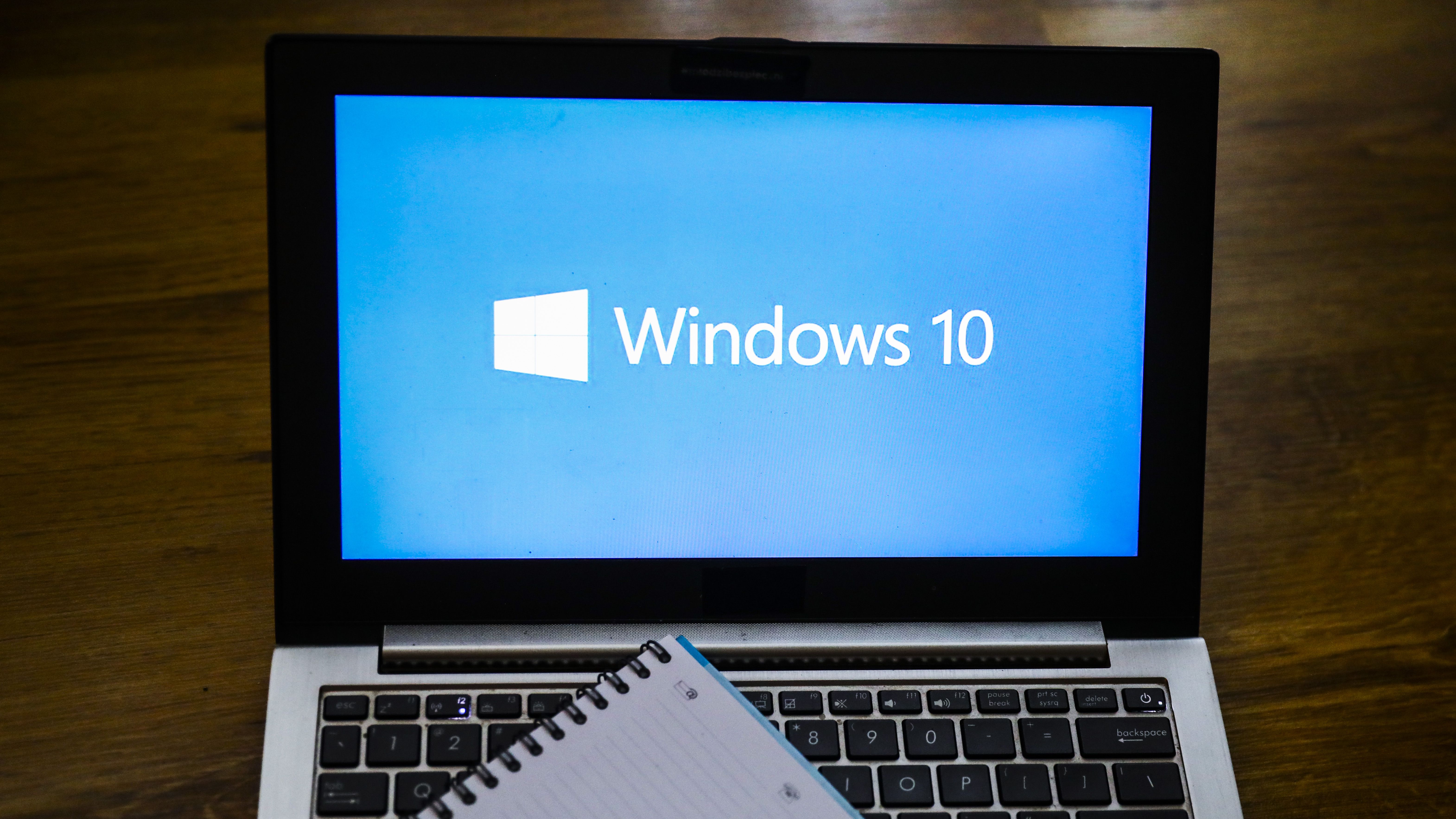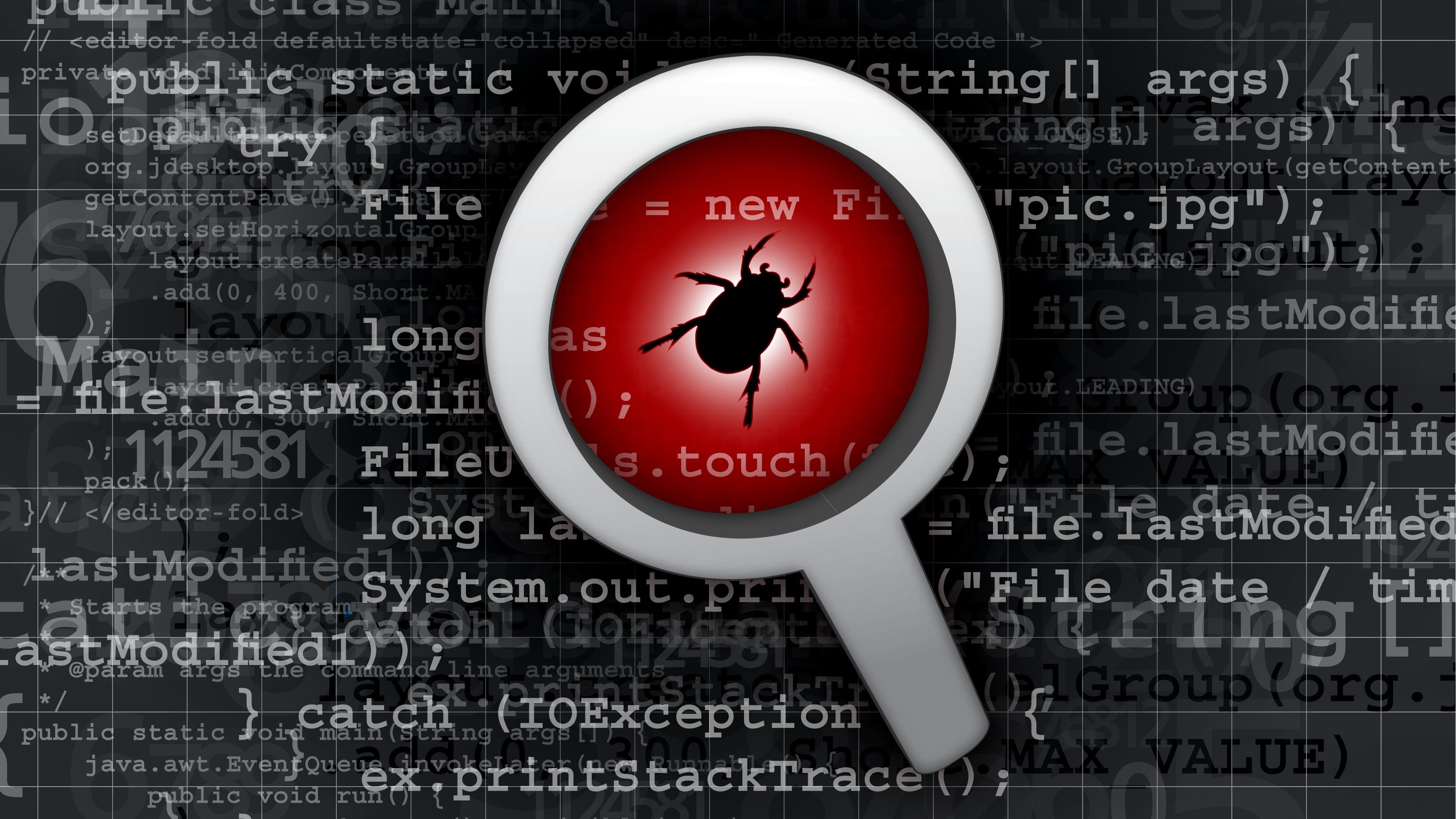Microsoft open-sources fuzzing tool used for bug-ridden Windows 10
Developers can access the vulnerability detection tool through Github as Microsoft shifts away from its legacy scheme


Microsoft has publicly released the vulnerability testing tool it uses to detect bugs in its flagship products including the Windows 10 operating system, which has been blighted with glitches in recent months.
After previously revealing it would replace its existing software testing programme, known as Microsoft Security and Risk Detection, Microsoft has made its automated and open source tool available through Github for developers around the world.
This transition to fuzzing, dubbed Project OneFuzz, sits in line with the wider industry’s movement to this method of vulnerability detection. Google, for example, has deployed fuzzing for some time, and even launched a Fuzzing benchmarking tool in March this year for developers to compare the viability of different services.
The technique is known to be a highly effective method for raising the level of security and reliability of native code, and involves developers feeding random excerpts of programming into a bug detection engine.
Project OneFuzz is an extensive fuzz testing framework that can be deployed through the Azure public cloud, and is the same testing framework used to detect bugs in various Microsoft products including Windows, Edge and other projects.
“Microsoft’s goal of enabling developers to easily and continuously fuzz test their code prior to release is core to our mission of empowerment,” said Microsoft Security’s principal security software engineer lead Justin Campbell and senior director for special projects management Mike Walker.
“The global release of Project OneFuzz is intended to help harden the platforms and tools that power our daily work and personal lives to make an attacker’s job more difficult.
Sign up today and you will receive a free copy of our Future Focus 2025 report - the leading guidance on AI, cybersecurity and other IT challenges as per 700+ senior executives
Recent advancements have transformed the security engineering tasks involved in fuzz testing native code, with several useful functionalities including crash detection, coverage tracking and input harnessing now baked into fuzzing.
Project OneFuzz has already allowed developers to continuously scan Windows operating system builds for errors and harden updates prior to launch, Microsoft claims. Windows 10, however, has suffered from recent waves of glitches and bugs, particularly as a result of both major and minor updates.
Windows 10’s May 2020 Update, for example, has produced a litany of issues for users of all varieties over the last few months, ranging from strange networking and connectivity issues to problems affecting Lenovo devices specifically.
RELATED RESOURCE

Why containerisation needs context
The problems with infrastructure monitoring in the age of Kubernetes
The latest Patch Tuesday, too, saw Microsoft release 129 fixes across its various products including 23 patches for critical flaws, signalling that big updates have become the new normal for the Windows developer.
Microsoft would hope that the continued deployment of Project OneFuzz would eventually begin to iron out errors and bugs prior to patches and updates being released.
Project OneFuzz gives developers the capability to launch fuzz jobs running from a few virtual machines to thousands of cores. Features include composable fuzzing workloads, built-in ensemble fuzzing, on-demand live-debugging of crashes, and crash reporting notification callbacks, among many others.

Keumars Afifi-Sabet is a writer and editor that specialises in public sector, cyber security, and cloud computing. He first joined ITPro as a staff writer in April 2018 and eventually became its Features Editor. Although a regular contributor to other tech sites in the past, these days you will find Keumars on LiveScience, where he runs its Technology section.
-
 Google is scrapping its dark web report feature
Google is scrapping its dark web report featureNews Google said while the dark web report feature offered “general information”, the tool didn’t provide “helpful next steps” for users potentially impacted by a breach.
-
 AI means you're probably going to need bigger developer teams
AI means you're probably going to need bigger developer teamsAnalysis Software developers may be forgiven for worrying about their jobs in 2025, but the end result of AI adoption will probably be larger teams, not an onslaught of job cuts.
-
 Should your business start a bug bounty program?
Should your business start a bug bounty program?In-depth Big tech firms including Google, Apple and Microsoft offer bug bounty programs, but can they benefit smaller businesses too?
-
 OpenAI to pay up to $20k in rewards through new bug bounty program
OpenAI to pay up to $20k in rewards through new bug bounty programNews The move follows a period of unrest over data security concerns
-
 Windows 11 System Restore bug preventing users from accessing apps
Windows 11 System Restore bug preventing users from accessing appsNews Microsoft has issued a series of workarounds for the issue which is affecting a range of apps including Office and Terminal
-
 Windows 10 users encounter ‘blue screen of death’ after latest Patch Tuesday update
Windows 10 users encounter ‘blue screen of death’ after latest Patch Tuesday updateNews Microsoft said it is working on a fix for the issue and has offered users a temporary workaround
-
 SpaceX bug bounty offers up to $25,000 per Starlink exploit
SpaceX bug bounty offers up to $25,000 per Starlink exploitNews The spacecraft manufacturer has offered white hats immunity to exploit a wide range of Starlink systems, with a dedicated report page
-
 Microsoft announces lucrative new bug bounty awards for M365 products and services
Microsoft announces lucrative new bug bounty awards for M365 products and servicesNews The new awards will focus on scenario-based weaknesses and offer bonuses of up to 30% for the most severe bugs
-
 Adobe forced to patch its own failed security update
Adobe forced to patch its own failed security updateNews Company issues new fix for e-commerce vulnerability after researchers bypass the original update
-
 Google doubles bug bounty rewards for Linux, Kubernetes exploits
Google doubles bug bounty rewards for Linux, Kubernetes exploitsNews The increased rewards are said to align better with the community's expectations of a bug bounty programme of this kind